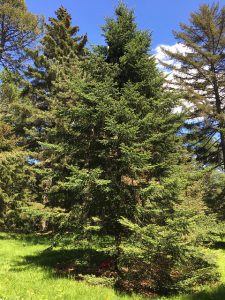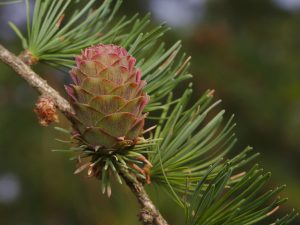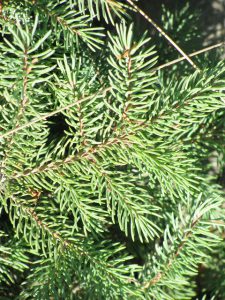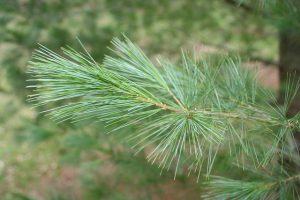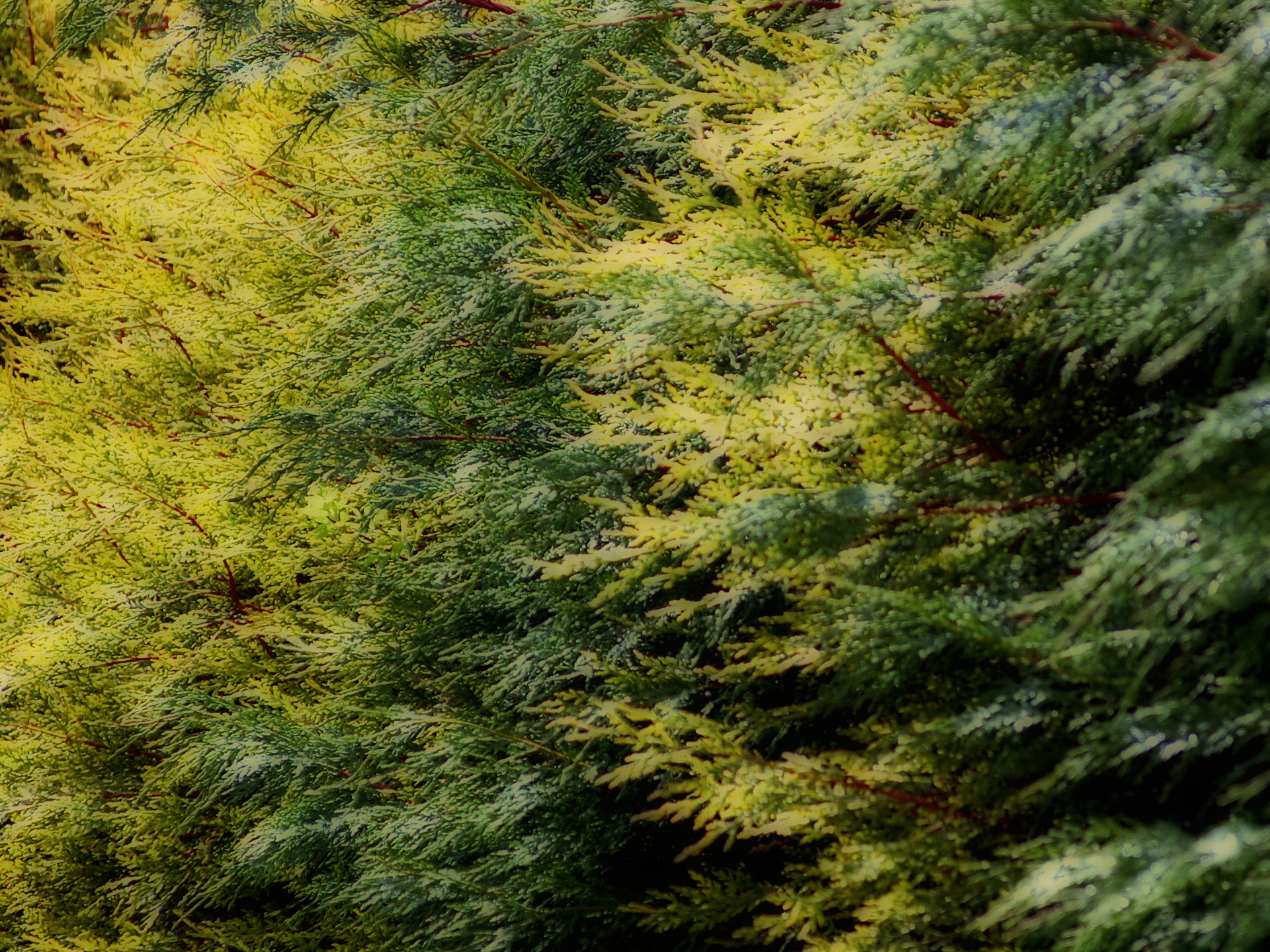
Evergreen trees and shrubs are some of the most popular trees to plant in Ontario for many reasons, but the main one tends to be because they retain their foliage and remain green all year round. However, it is very important to note that not all evergreens are the same. By distinguishing common evergreen tree varieties, it will be easier to find one that fits your particular landscape needs.
Most evergreen trees are needle bearing, though shrubs can include broad-leaf varieties. While they are grouped together, their growing characteristics vary greatly. Needled evergreen trees make the perfect addition to Ontario yards, especially when they are mixed in with other plants. They are adaptable, going with the flow when it comes to growing conditions and soil type.
With that being said, some evergreen trees tend to thrive in Ontario. They are:
Balsam Fir
- Narrow
- Great for small spaces
- Dense
The Balsam Fir mostly is known as a Christmas tree, but that doesn’t have to be the case. In many instances, the Balsam Fir is a great evergreen tree for the yard. The bark is dull green or pale gray and smooth, except it has the visual excitement of resin blisters. As it becomes more mature, the bark gets even more interesting with time.
The tips of the Balsam Fir are blunt and notched, adding some “fuzzy” texture that many evergreens don’t have. Even better, this tree can adapt to so many different types of climates, from swamps to mountainsides, according to Arbor Day. One thing it does tend to have issues with is pollution – so if you want to plant it in your yard, move it back from the street.
For those considering this tree, know that it grows to a height of 45–75′ and a spread of 20–25′ at maturity. It does grow quite slowly, however, so don’t expect a tree right away. One of the best ways to accentuate the beauty of these trees is to use flowers around the base. Thanks to the unobtrusive root system, it isn’t a problem. (We suggest getting your flowers from a local company like Griffins Greenhouses!)
Tamarack or Larch Tree
- Beautiful tree (that is colorful!)
- The needles turn yellow and drop in the fall
- Very thick tree
For trees that thrive in colder environments, look no further than the larch tree or tamarack. This is a needled conifer that isn’t really an evergreen, but it always gets looped in with them. Still, they are worth mentioning because they are so unique. They have the brilliant green needles that do turn yellow and fall to the ground in fall.
Gardening Know How explains why else this tree is special: “Larch trees are large deciduous trees with short needles and cones. The needles are only an inch or so long, and sprout in little clusters along the length of the stems. Each cluster has 30 to 40 needles. Tucked in among the needles you can find pink flowers that eventually become cones. The cones start out red or yellow, turning to brown as they mature. Native to many parts of Northern Europe and Asia as well as Northern parts of North America, larches are happiest in cold climates. They grow best in mountainous areas but tolerate any cool climate with plenty of moisture.”
Larch trees have a beautiful widespread canopy that is better suited toward larger yards or parks where they have plenty of room. They can grow up to 80 feet tall and 50 feet wide. Sometimes, the lower branches get a bit of a sway to them while they get straighter towards the top. In a way, they look like a spruce tree.
Black Spruce
- Part of the Pine family
- Sometimes called Bog spruce or Swamp spruce
- Perfect for small yards.
Black spruce is a great choice for smaller yards because it is a petite beauty with a spire-like crown. It is different from some of the other evergreens on the list because it has descending branches (sloped downward) with dark, bluish-green needles, and ends that are upturned. Lower limbs tend to be long enough to sweep the ground. It is an excellent choice for cold northern climates and those that tend to be wetter.
The black spruce is considered a shade tree even though it is narrow, mostly because it is planted in screens. It is a great tree for those who don’t want to have a lot of dirt or anything to clean up because it doesn’t drop its leaves nor does it have flowers. It is also fairly tall, coming in at 30 to 50 feet high and 20 to 30 feet wide, according to Morton Arboretum. Overall, it is a great, easy to care for tree that brings wildlife, particularly birds, to your property.
Eastern White Pine
- Is sensitive to pollution – plant away from roads
- Transplants easily
- Grows quickly
The Eastern White Pine is a hardy tree that is quite valuable. It is also beautiful as a screen or windbreak tree because it is tall and can spread quite a bit as well. The blue-green needles are the center of attention.
The Eastern White Pine grows to a height of 50–80′ and a spread of 20–40′ at maturity and it grows very quickly, at a rate of more than 24″ per year. It does prefer to have full sun or partial shade for it to reach its goal height.
If you love birds, this is the tree for you, according to the Arbor Day Foundation, “Eastern white pine seeds are favored by black bears, rabbits, red squirrels and many birds, especially red crossbills. While potentially damaging to the trees, the bark is eaten by mammals such as beavers, snowshoe hares, porcupines, rabbits and mice. White pines provide nesting sites as well for many birds including woodpeckers, common grackles, mourning doves, chickadees and nuthatches.”
If you are looking for a tree care professional in Southern Ontario, give Van Till Tree Care a call today at (705) 653-3777. We will help you to better understand your trees and advise you on particular issues such as green spots, pruning trouble, or soil problems. We can help you with many other issues that you might find among your trees – from the very top of the tree to the roots.

